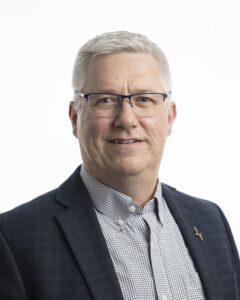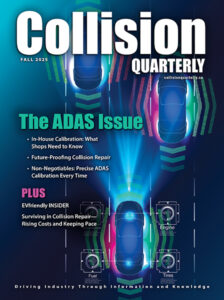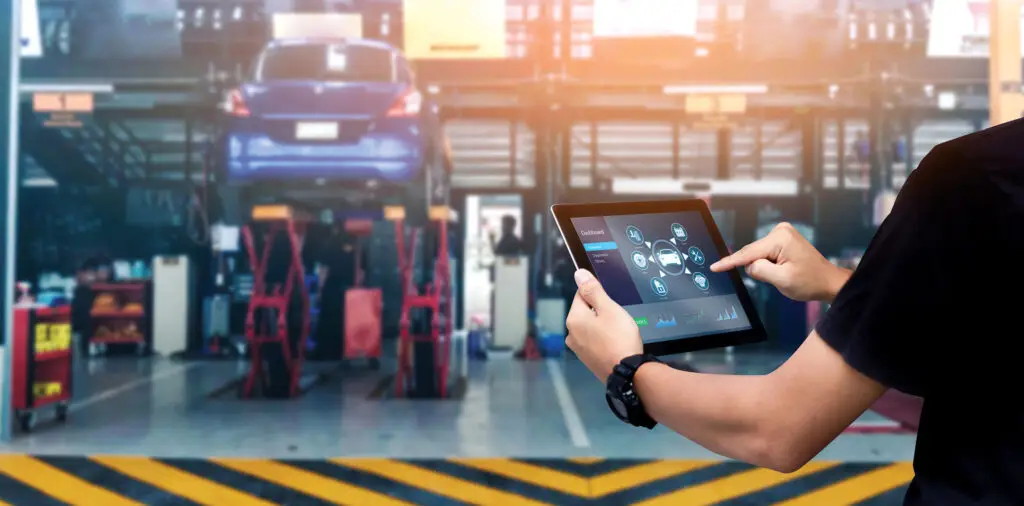
Facility requirements, essential tools, ROI, and what collision shops need to know.
by Pat Rediger
As the aftermarket repair industry grapples with the growing complexity of advanced driver-assistance systems (ADAS), many shop owners are asking the same question: What does it actually take to offer in-house calibration services? Collision Quarterly spoke with Trevor Jones, Prairie Operations, CARSTAR Canada, to get his take on the facility requirements, technology gaps, and return on investment involved in offering ADAS calibrations.
CQ: What are the confirmed facility requirements for ADAS calibration? Some shops are concerned they lack the square footage for a designated calibration area.
TREVOR JONES: The requirements vary depending on the vehicle manufacturer. Each original equipment manufacturer (OEM) has its own specifications, so it’s essential for a facility to research the makes and models they service most frequently. You need to confirm that your shop layout can meet those specific requirements such as the target positioning and floor space needed for proper camera or radar alignment.
What about the floor? Some procedures specify level flooring, but what if your building has a slope for drainage or doesn’t meet those exact standards?
That’s a valid concern. Many OE procedures include minimum grade requirements for the floor, and those can vary. The best practice is to measure your floor and check that against the OEM specs. In reality, most shops aren’t tearing up their concrete to meet these requirements, and many alignment hoists or frame machines are already designed to sit level, which can help you stay within compliance. Ultimately, the flatter the floor, the better.
What equipment is typically required for shops to perform common calibrations?
There’s no single “typical” setup, because it depends on your repair volume and the types of vehicles you service. But if you had to generalize, most shops would need space for static calibration and at least the standard targets and tools for the makes they most commonly see. For example, windshield camera targets and radar trihedrals are common for brands like Toyota and Honda. The key is to invest in the equipment that aligns with your customer base.
Can aftermarket ADAS equipment suppliers be more transparent about what they can and cannot calibrate?
Transparency is important. Some aftermarket systems only support 50 per cent of available calibrations, while others offer broader coverage but require more technical expertise to operate correctly. Regardless of the equipment, the responsibility still falls on the technician to have the knowledge and training to perform calibrations safely and accurately. You can’t rely on the tool alone.
What’s the motivation for collision centres to invest in ADAS calibration capabilities especially when considering the cost of space, equipment, and training?
For most shops, it comes down to control and customer service. Having the equipment in-house means you’re not waiting on a sublet vendor or dealership to complete a calibration. That allows you to provide faster repairs and maintain quality assurance. So yes, there’s a financial return to consider, but there’s also an operational and customer satisfaction return. That can be just as important. I’d also add that the only validation of a successful calibration when subletting to a dealer is an invoice. Getting a successful calibration report showing parameters falls into that quality assurance motivation.
From a financial perspective, how many calibrations does it take to achieve ROI? And how does that compare to subletting the work out?
There’s no one-size-fits-all answer. In some urban markets where you’ve got sublet vendors with lots of capacity and competitive pricing, it might make more sense to outsource. But if you’re in a rural location, or you’re constantly facing delays from your sublet partner, the investment can pay off faster than you think. Larger multi-store operators (MSOs) tend to see a quicker ROI because they can centralize the service and serve multiple locations efficiently. For single-shop operators, it really depends on your volume and local vendor landscape.
It sounds like a lot of factors are still in flux. Any final thoughts for collision centres considering this path?
ADAS calibration is a deep and evolving subject. What we know today might change in six months. That’s why events like the September 2025 CCIF panel in Calgary are so valuable. It’s a chance for the industry to come together, share insights, and challenge assumptions. My advice? Do your homework, talk to your peers, and invest in training because it’s not just about having the right tools, it’s about knowing how and when to use them. ■
Originally published in the Fall 2025 issue of Collision Quarterly.


